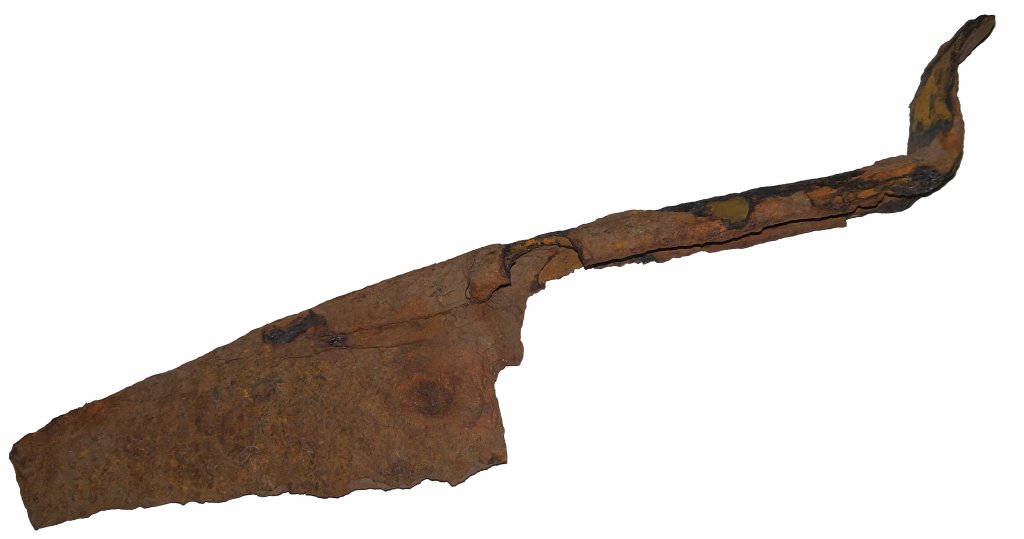Gidday;
(This was also posted to another forum, thought I would try here as well as this is more active)
Our family property was the epicentre of a rather large township, 800 plus people once called it home, back in the 1850's (and possibly earlier). One of the few paddocks that has not being ploughed heavily multiple times also happens to be the site of the old towns pub (complete with cellar). There is one part of the foundations still visible, although I am not sure which part of the building this relates to, as there are no records, plans, photos or drawings of the pub in existence.
My questions are:
Excavation is a no go at the moment as there is livestock in the said paddock (4 legged mower), this also eliminates being able to peg/string out grid lines. I am hoping to convince the old man re excavation as I would really like to locate the cellar, but unless I uncovered relics of (considerable) value I think I know his response, and it wouldn't be "Get digging" :argh: :lol:
(This was also posted to another forum, thought I would try here as well as this is more active)
Our family property was the epicentre of a rather large township, 800 plus people once called it home, back in the 1850's (and possibly earlier). One of the few paddocks that has not being ploughed heavily multiple times also happens to be the site of the old towns pub (complete with cellar). There is one part of the foundations still visible, although I am not sure which part of the building this relates to, as there are no records, plans, photos or drawings of the pub in existence.
My questions are:
- What would be the best method to effectively recover as many relics/items as possible?[/*]
- How deep should I look (with the exception of the cellar)?[/*]
- What coins or other currency could I expect to find?[/*]
- Total long shot considering the area - Was gold used as a form of payment back in those days?[/*]
Excavation is a no go at the moment as there is livestock in the said paddock (4 legged mower), this also eliminates being able to peg/string out grid lines. I am hoping to convince the old man re excavation as I would really like to locate the cellar, but unless I uncovered relics of (considerable) value I think I know his response, and it wouldn't be "Get digging" :argh: :lol:





